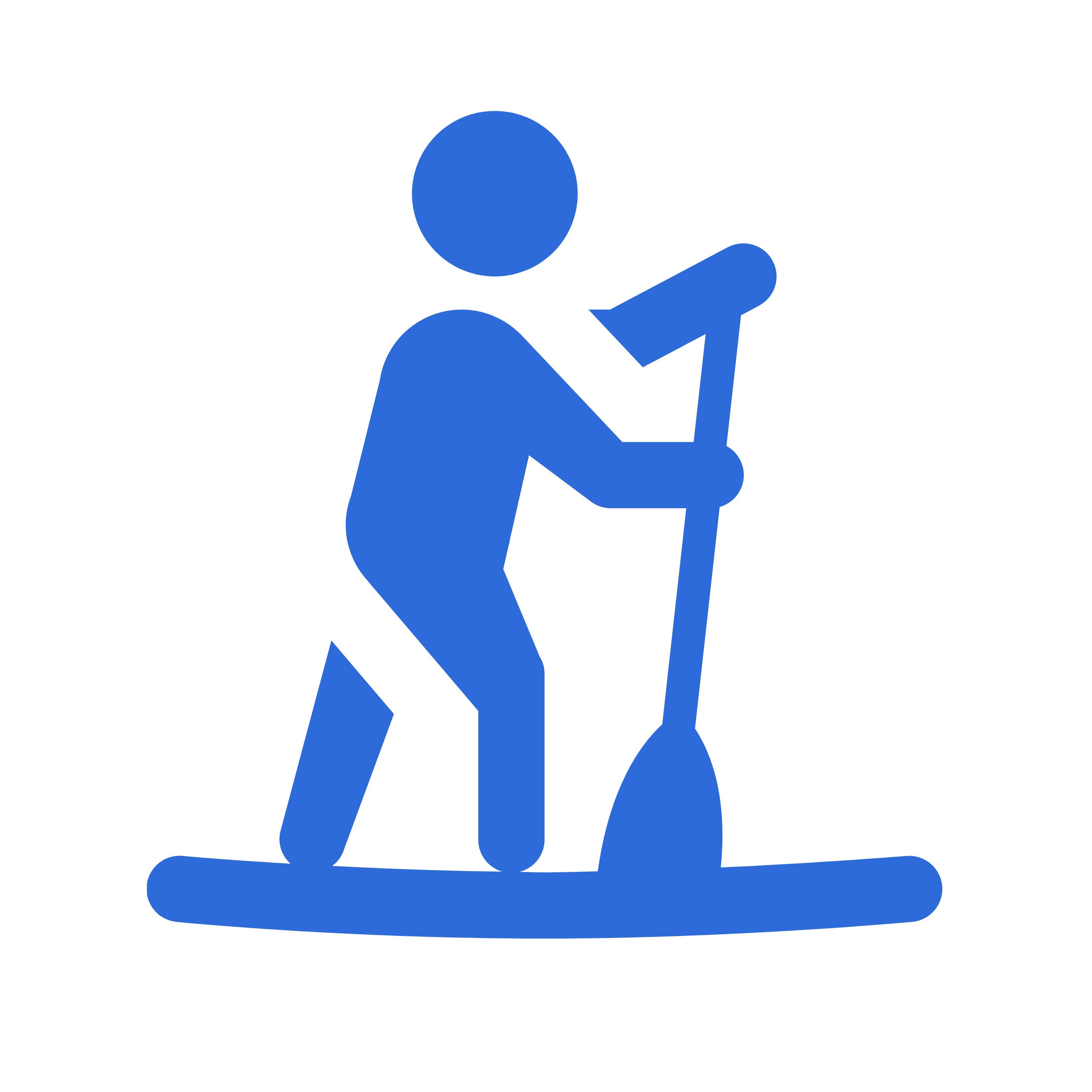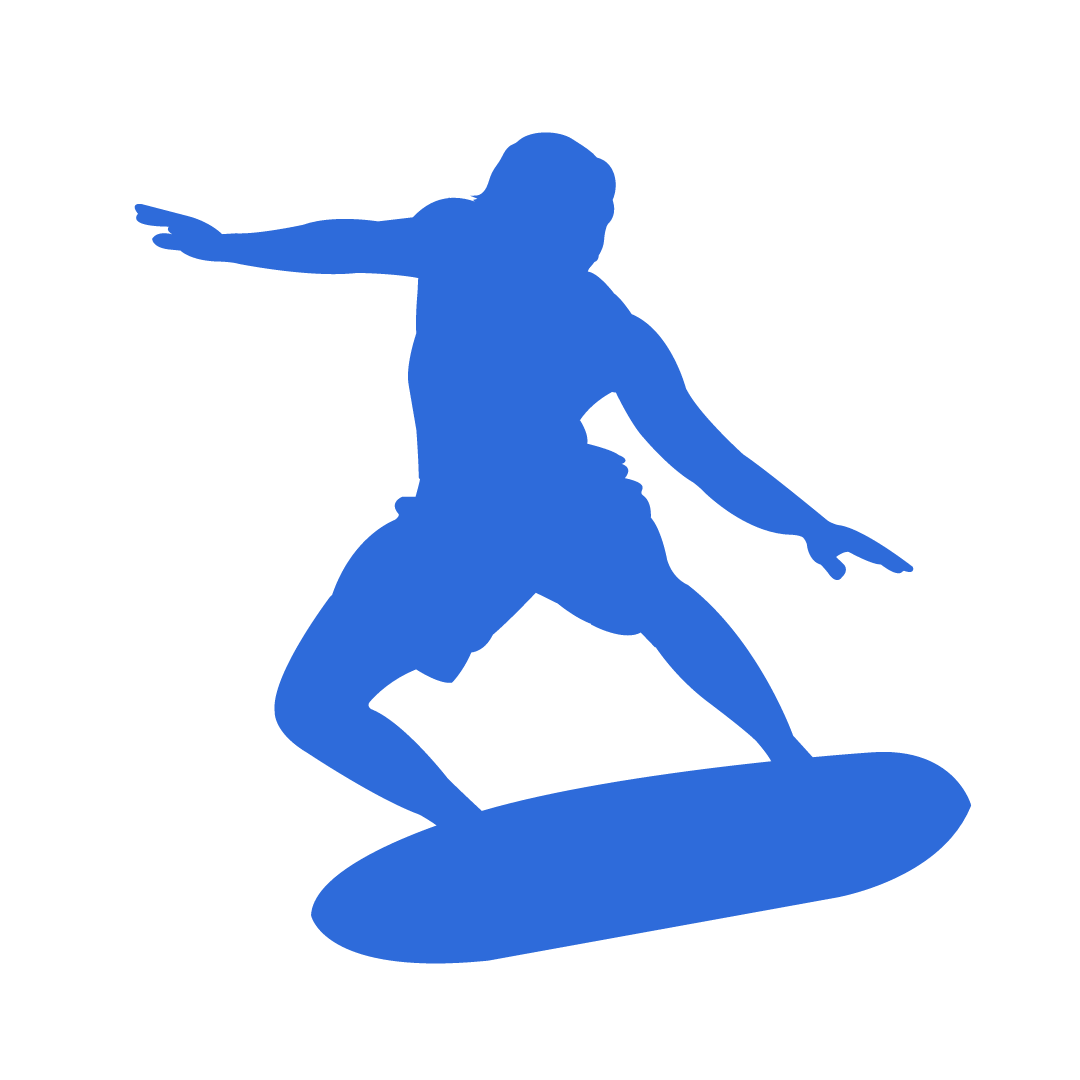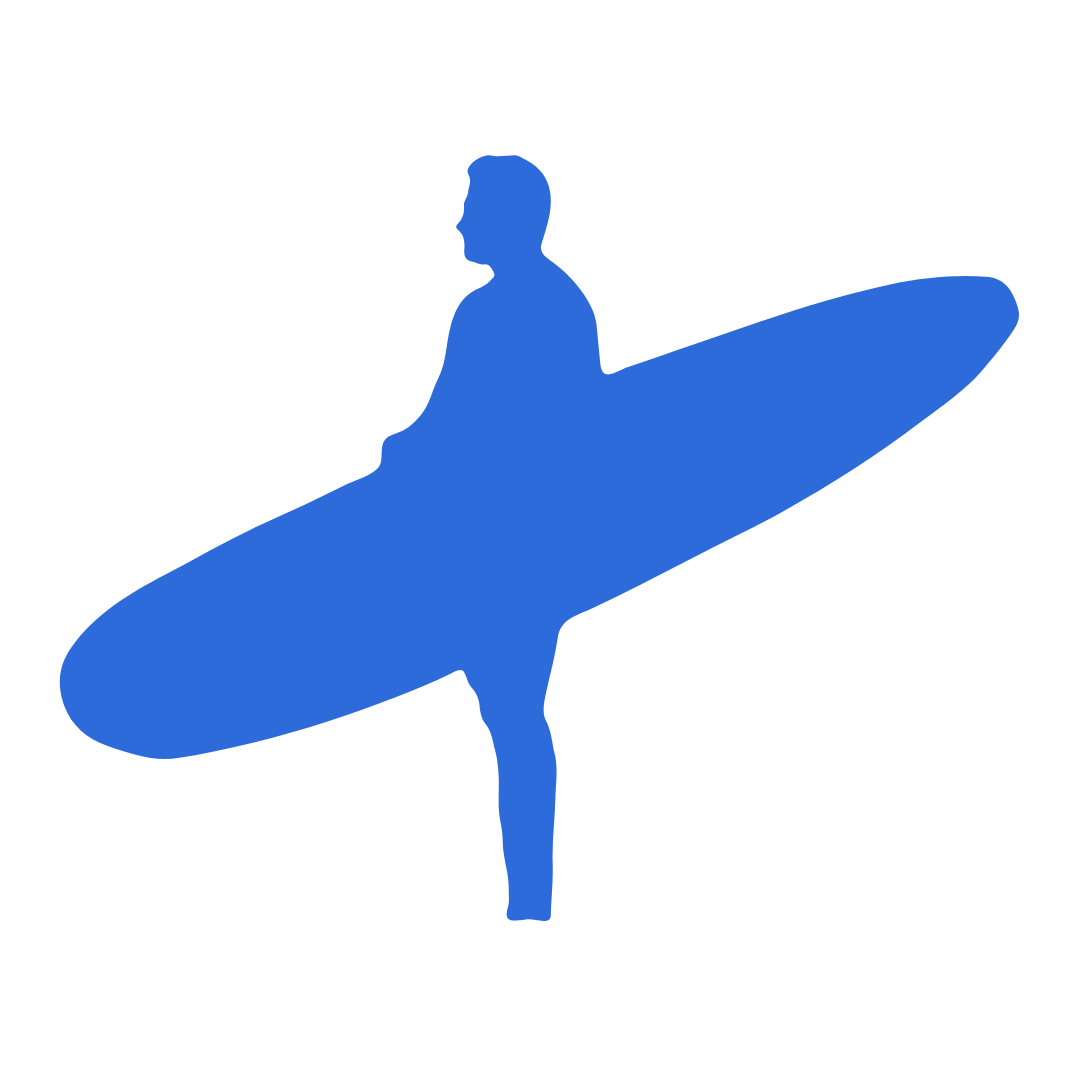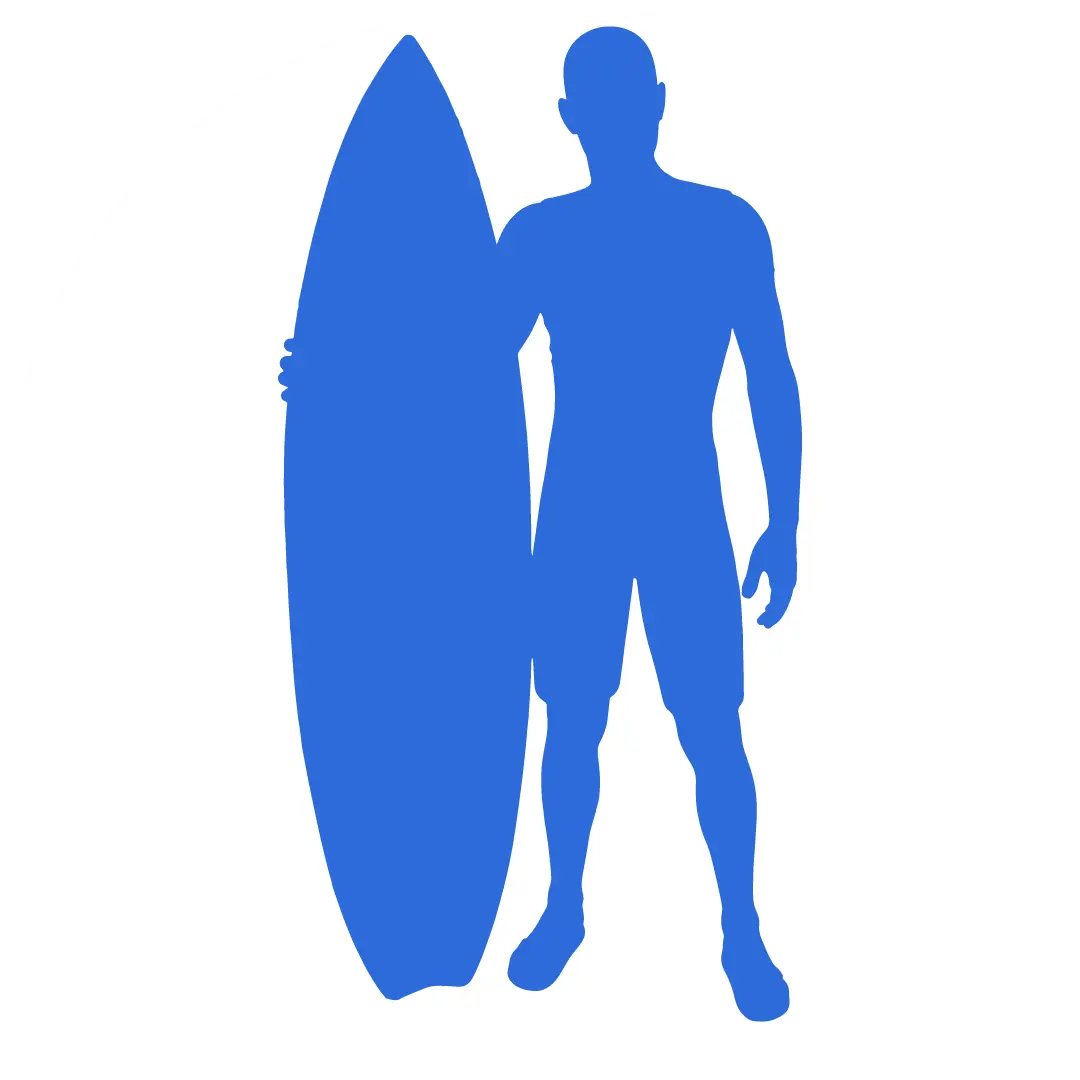Posted by Blake Pittman | 05.19.2025 | Uncategorized
Know Your Waves: A Surfer’s Guide to Different Breaks and How to Ride Them
Know Your Waves: A Surfer’s Guide to Different Breaks and How to Ride Them
Not all waves are created equal. From playful beach breaks to heavy reef barrels, understanding the different types of surf breaks can dramatically improve your time in the water. Whether you’re a beginner finding your footing or an experienced surfer chasing perfection, knowing how each wave works—and how to ride it—makes all the difference. Here’s a breakdown to help you read, respect, and rip every type of wave.
1. Beach Breaks: The Beginner’s Playground (and Beyond)
What They Are:
Waves that break over sandbars. These are the most common and often the most accessible breaks.
Best For:
Beginners to advanced surfers, depending on size and consistency.
How to Ride Them:
-
Stay mobile—sandbars shift with tides and swells.
-
Look for peaks that offer both left and right-handers.
-
Paddle out where there’s a clear channel or between sets to avoid constant duck diving.
Examples:
Huntington Beach (CA), Hossegor (France), Playa Hermosa (Costa Rica)
2. Point Breaks: The Longboarder’s Dream
What They Are:
Waves that peel consistently along a rocky or sandy point of land.
Best For:
Intermediate to advanced surfers, but mellow point breaks can be beginner-friendly too.
How to Ride Them:
-
These waves tend to be longer and more predictable—perfect for practicing turns.
-
Respect the lineup and take turns—locals usually have the pecking order dialed.
-
Position yourself deeper if you’re confident, but don’t burn anyone.
Examples:
Rincon (CA), Jeffreys Bay (South Africa), Pavones (Costa Rica)
3. Reef Breaks: The Precision Playground
What They Are:
Waves that break over coral reefs or rock ledges, often creating perfect, hollow barrels.
Best For:
Advanced surfers who can handle shallow water and heavy consequences.
How to Ride Them:
-
Study the lineup before paddling out—reefs can be sharp and unforgiving.
-
Timing and takeoff are critical; late drops can mean reef rash or worse.
-
Bring your best paddling game and respect the locals—reef breaks are often sacred ground.
Examples:
Pipeline (Hawaii), Teahupo’o (Tahiti), Cloudbreak (Fiji)
4. Rivermouths: Hidden Gems with Power
What They Are:
Waves that break where a river meets the ocean, often forming sandbars that create clean, powerful waves.
Best For:
Intermediate to advanced surfers.
How to Ride Them:
-
These waves can offer punchy takeoffs and fast sections—perfect for quick maneuvers.
-
Conditions change with rain and river flow, so check before you go.
-
Be cautious of debris after heavy rains.
Examples:
Mundaka (Spain), Trestles (CA), Boca Barranca (Costa Rica)
5. Slabs: The Freak Show
What They Are:
Mutant, super-powerful waves that break suddenly and often in very shallow water. Usually short, heavy, and hollow.
Best For:
Experts only. These are not playful waves.
How to Ride Them:
-
Requires fast paddling, precise timing, and tons of commitment.
-
Use a shorter, thicker board for quick takeoffs and added control.
-
Don’t go unless you know what you’re doing—or you’re going with someone who does.
Examples:
Shipstern Bluff (Australia), The Right (Australia), Deadman’s (CA)
Final Thoughts: Ride the Right Wave for You
The ocean is always changing, and every wave has its own character. By understanding different types of breaks and how they behave, you’ll be able to pick the right spots for your skill level, style, and goals. Whether you’re cruising a mellow point or charging a reef slab, the key is respect—for the wave, the locals, and your own limits.
Paddle out with knowledge, ride with confidence, and enjoy the endless variety the ocean has to offer!







 RENTALS
RENTALS LESSON
LESSON CAMPS
CAMPS ABOUT
ABOUT SHOP
SHOP